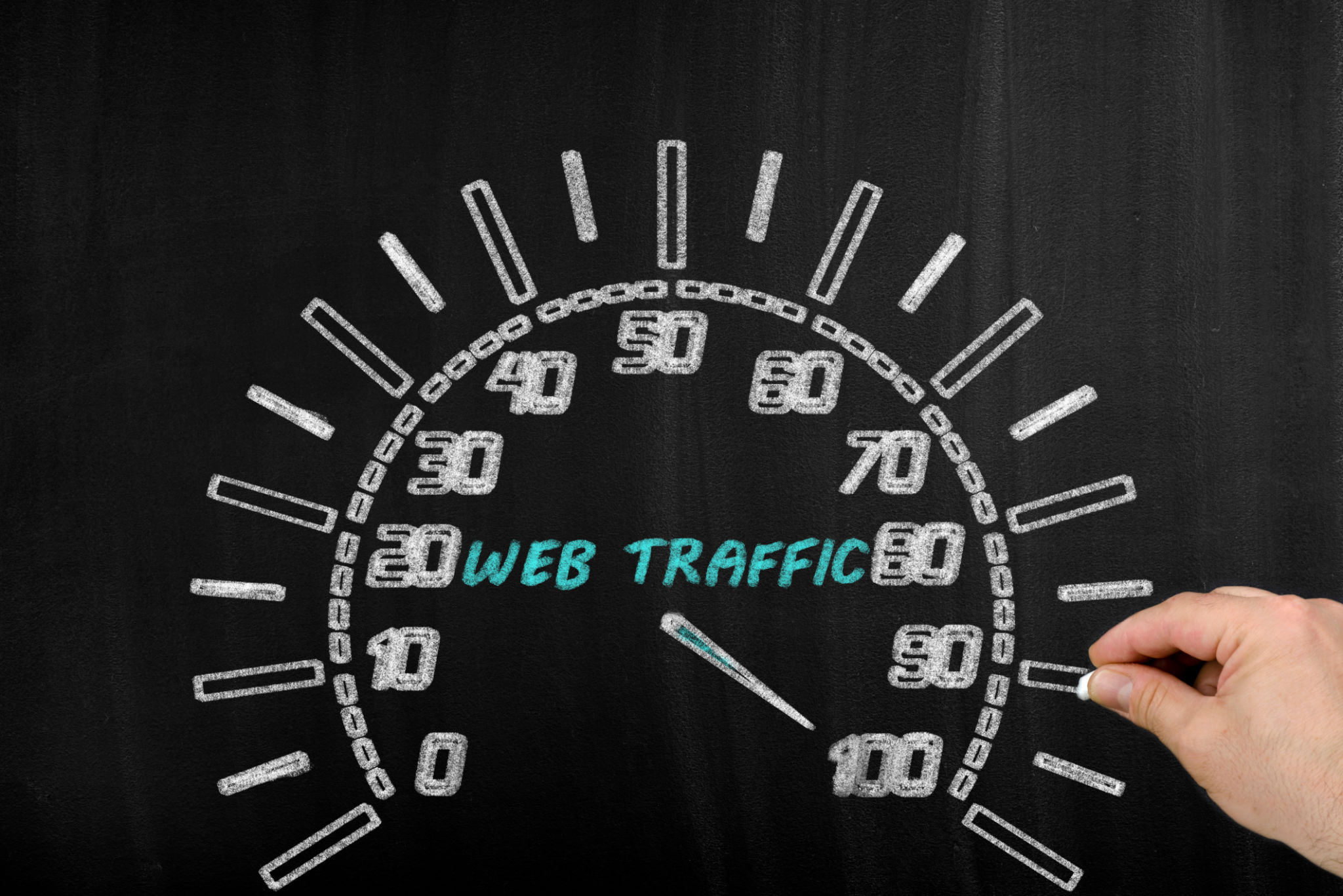Essential Tips for Successful E-commerce Site Design
Understanding User Experience (UX)
Designing an e-commerce site that not only attracts visitors but also converts them into customers requires a deep understanding of user experience (UX). A well-designed UX ensures that visitors can easily navigate your site, find the products they are interested in, and complete their purchases without unnecessary hassle. To achieve this, focus on creating an intuitive layout, fast loading times, and a seamless checkout process.

Responsive Design is Crucial
With the increasing use of mobile devices for online shopping, ensuring your e-commerce site is responsive is more important than ever. A responsive design adapts to different screen sizes and devices, providing a consistent and optimal user experience across desktops, tablets, and smartphones. This not only enhances UX but also improves search engine rankings.
Effective Product Pages
Your product pages are the heart of your e-commerce site. They should be designed to provide all the information a customer needs to make a purchasing decision. Include high-quality images, detailed descriptions, pricing information, and customer reviews. Consider adding an option for customers to ask questions about the product directly on the page.

Importance of High-Quality Visuals
In the online shopping world, customers can't physically interact with products, making high-quality visuals crucial. Use clear, high-resolution images that allow customers to view products from multiple angles. Including videos or 360-degree views can further enhance the customer's understanding of the product.
Streamlined Checkout Process
A complicated checkout process is a common reason for cart abandonment. To prevent this, simplify your checkout process by minimizing the number of steps required to complete a purchase. Provide clear instructions and offer multiple payment options to accommodate different preferences.

Building Trust with Customers
Trust is paramount in e-commerce. Include trust signals such as security badges, customer testimonials, and clear return policies throughout your site. Additionally, provide easily accessible contact information and customer support options to reassure customers that help is available if needed.
Optimizing Site Performance
Site performance plays a significant role in user satisfaction and SEO rankings. Ensure your e-commerce site loads quickly by optimizing images, leveraging browser caching, and minimizing HTTP requests. Regularly test your site's performance and make necessary adjustments to maintain speed and efficiency.

Utilizing Customer Feedback
Customer feedback is invaluable for improving your e-commerce site design. Encourage customers to leave reviews and provide feedback on their shopping experience. Use this information to identify areas for improvement and implement changes that enhance the overall shopping experience.
By following these essential tips for successful e-commerce site design, you can create an engaging, efficient, and trustworthy platform that not only attracts visitors but also converts them into loyal customers.